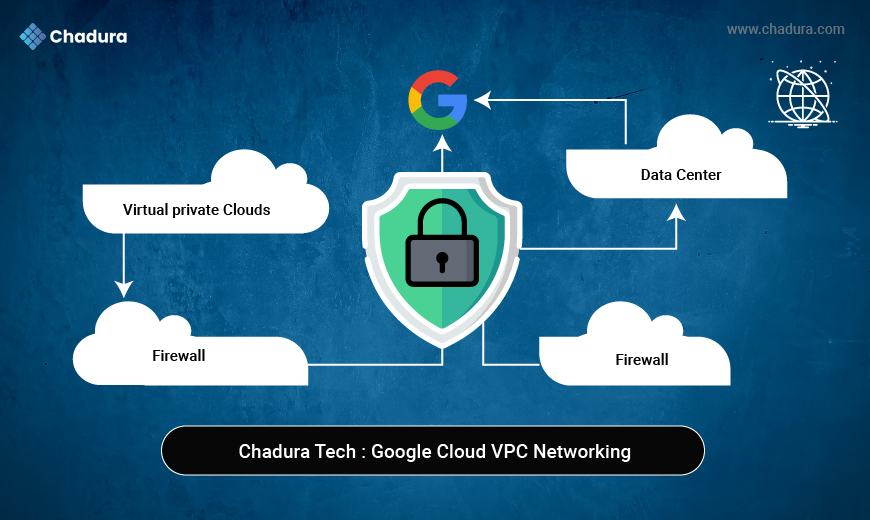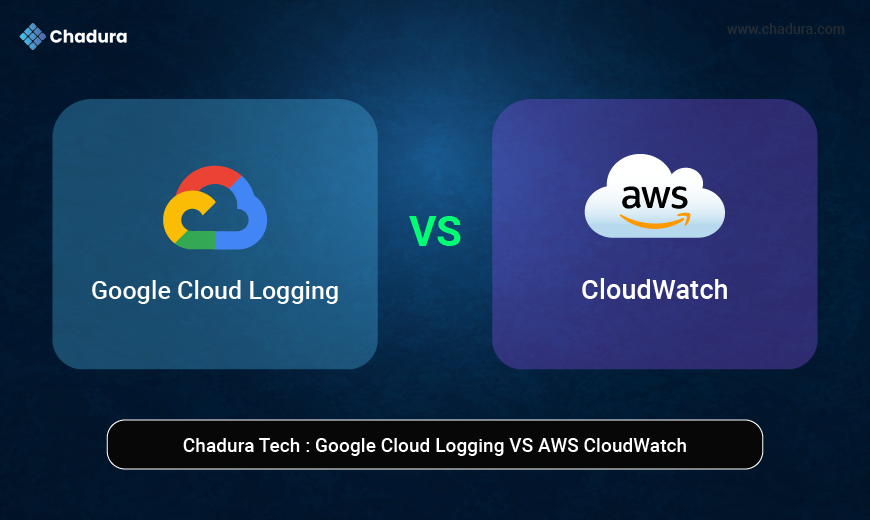Amazon S3
S3 (Simple Storage Service) is a fully managed object storage service provided by Amazon Web Services (AWS). It is designed for storing and retrieving any amount of data from anywhere on the web, at any time.
S3 is highly scalable, durable, and secure, making it ideal for a wide variety of use cases such as:
- Website hosting
- Backup and restore
- Data archiving
- Application data storage
- Big data analytics
- Disaster recovery
- Media storage and distribution
S3 life cycle :
An Amazon S3 Lifecycle Policy is a set of rules you define to automatically manage the storage lifecycle of your objects in an S3 bucket. These rules help control costs and enforce data retention by transitioning data between storage classes or expiring (deleting) objects after a certain period.
What are lifecycle rules?
S3 lifecycle rules are a feature of Amazon Simple Storage Service (S3) that, by defining a set of actions, allows you to automatically manage the storage of your objects over time. These rules are highly customizable so they can meet any specific needs: you just need to specify the conditions that an object must meet to trigger a particular action.
Actual Visual Diagram
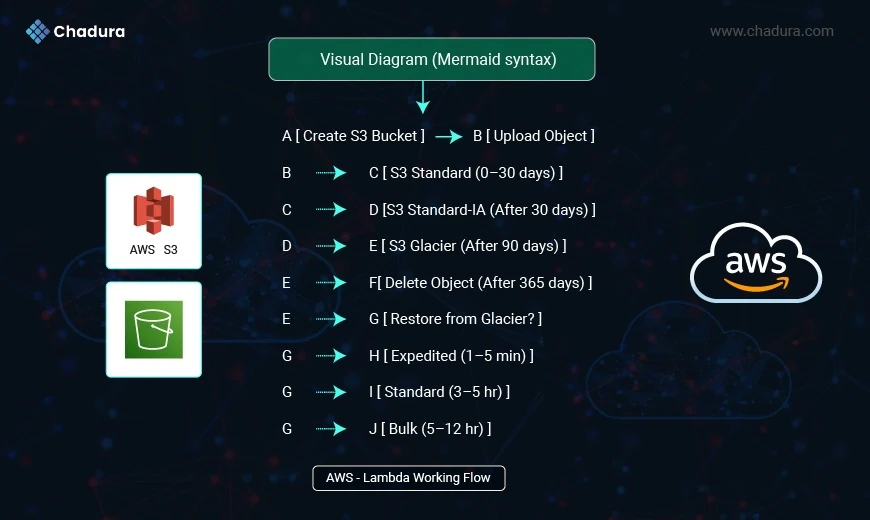
Types of S3 lifecycle rules
Transition action rules: These rules transition objects to another storage class at pre-specified time periods. For instance, you may set up a rule that transitions objects to S3 Glacier Deep Archive storage after 1 year.
Expiration action rules: These are rules responsible for permanently deleting objects after a time limit. For instance, you can make a rule to delete objects that haven't changed in 3 years or a rule to retain only the three most recent versions of a file.
Simplify data management: You can automate the management of your data lifecycle, saving you time and effort.
Compliance: GDPR (General Data Protection Regulation ) require proper data handling, such as specified retention periods. If this is your situation, you can automate the deletion of old data to make compliance easier and protect your users.
Word of Caution: S3-based data lakes need extra care. Their dynamic nature can be modified constantly, erasing the boundaries of "data age"
Decrease storage costs: You can transition objects to cheaper storage classes when they are less frequently accessed. For instance, you can transition objects to S3 Glacier Deep Archive storage after 3 years and save up to 95% of the cost of storage.
Flow chart of Life cycle Process
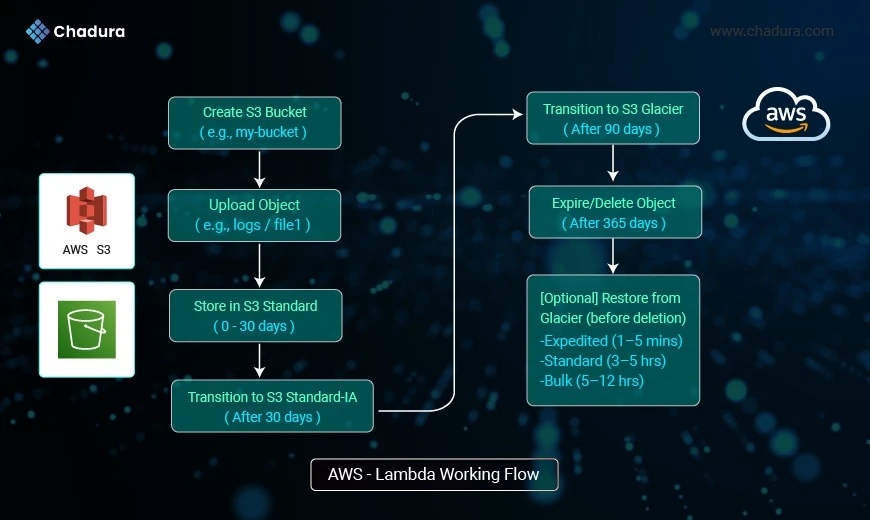
The AWS S3 Lifecycle process begins by creating an S3 bucket (e.g., my-bucket) where all objects will be stored.
Next, objects are uploaded to the bucket, such as logs/file1. Initially, these objects are stored in the S3 Standard storage class for the first 0–30 days, offering high availability and low latency for frequently accessed data. After 30 days, the objects automatically transition to S3 Standard-IA (Infrequent Access), which is more cost-effective for data that is not accessed often but still needs to be available quickly.
Then, after 90 days, the objects transition to S3 Glacier, which is designed for long-term archival with minimal access and lower storage costs. After reaching 365 days, the objects are expired and permanently deleted according to the lifecycle policy, helping manage storage costs and retention requirements.
If access to the object is required before deletion, it can be restored from Glacier using one of three retrieval options: Expedited (1–5 minutes), Standard (3–5 hours), or Bulk (5–12 hours), depending on urgency and cost. This entire process is automated using S3 Lifecycle Rules, making data management efficient, scalable, and cost-optimized.
Sample S3 Life cycle management Process
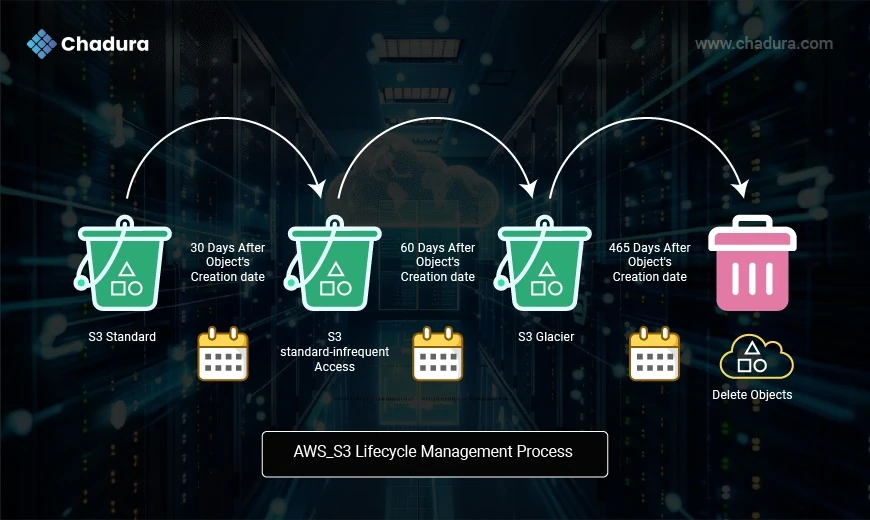
Conclusion
The S3 Lifecycle process is a powerful automation feature in Amazon S3 that helps you manage object storage efficiently and cost-effectively. By setting up lifecycle rules, you can:
- Automatically transition objects to lower-cost storage tiers like S3 Standard-IA or Glacier.
- Expire and delete data after its retention period ends.
- Minimize manual intervention, saving time and reducing the risk of human error.
- Maintain regulatory compliance by enforcing data retention and deletion policies.
Whether you’re storing logs, backups, analytics data, or archival content, leveraging the full S3 lifecycle process ensures your cloud storage is optimized, scalable, and sustainable.




